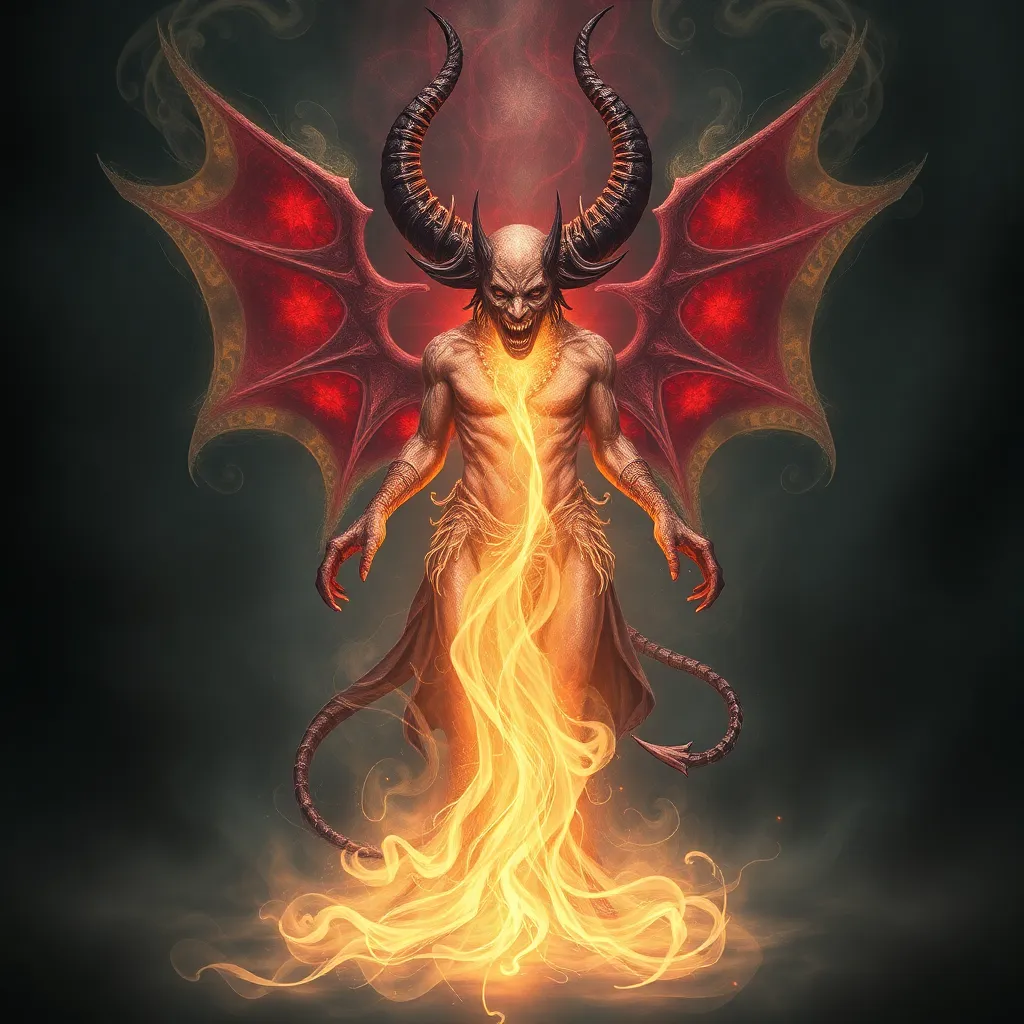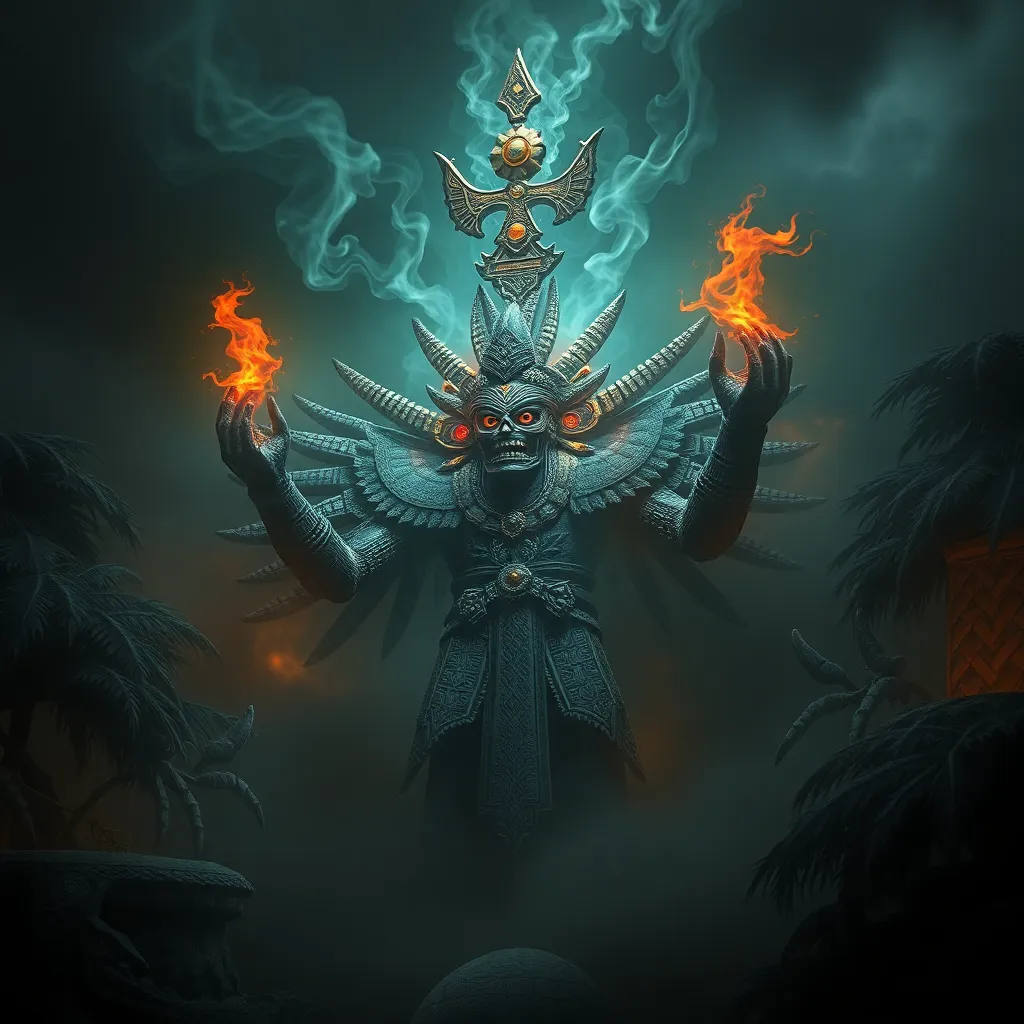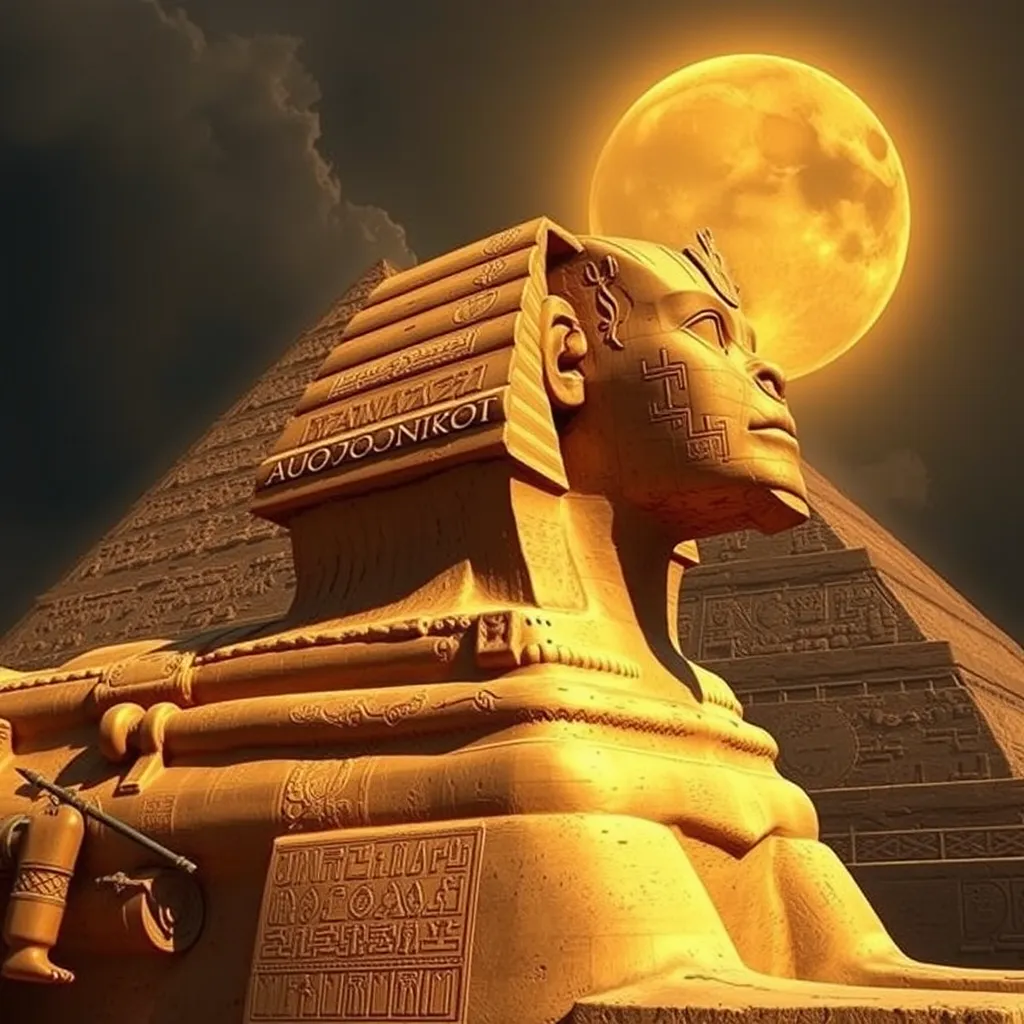The Banshee: Irish Messenger of Death – Exploring its Role in Celtic Mythology
I. Introduction
The Banshee, a spectral figure embedded in Irish folklore, is often depicted as a harbinger of death. This enigmatic being has fascinated and terrified generations, embodying the deep-seated beliefs surrounding mortality and the afterlife in Celtic culture. The Banshee plays a crucial role in the rich tapestry of Celtic mythology, serving as a bridge between the living and the dead.
This article aims to explore the origins, characteristics, and cultural significance of the Banshee, shedding light on its enduring legacy in both historical and contemporary contexts.
II. The Origins of the Banshee
The historical roots of the Banshee can be traced back to ancient Irish legends, where she was often associated with the noble families of Ireland. These legends depict her as a protective spirit, warning families of impending death.
The term “Banshee” is derived from the Irish words “bean sídhe,” meaning “woman of the fairy mound.” This etymology reflects her connection to the Otherworld and the supernatural realm.
Over time, the image of the Banshee has evolved from a benevolent guardian to a more ominous figure associated primarily with death, reflecting changing cultural attitudes towards mortality and the supernatural.
III. Characteristics and Appearance
The Banshee is often described as a woman of varying appearances, embodying traits that evoke both beauty and terror. Common descriptions include:
- Long, flowing hair, often described as either silver or black.
- A white or grey gown, symbolizing her ethereal nature.
- Eyes that reflect deep sorrow or anguish.
However, variations in appearance exist across different regions and stories. In some tales, she may appear as an old woman, while in others, she is depicted as a young maiden. These differences highlight the diverse interpretations of the Banshee throughout Ireland.
Common traits include:
- A melancholic demeanor, often associated with grief.
- Her wail, known as the “caoine,” which is said to foretell death.
IV. The Role of the Banshee in Death and Mourning
The Banshee’s primary role is as a harbinger of death, signaling the passing of a family member. Traditionally, she is linked to specific families and lineages, often appearing to warn them of an impending loss.
Her wail is culturally significant, serving as a mourning call that resonates deeply within the Irish psyche. This sound is not merely a lament; it is a profound expression of grief and a reminder of the fragility of life.
V. The Banshee in Celtic Mythology
In exploring the Banshee’s role within Celtic mythology, it is essential to compare her with similar figures in other Celtic cultures, such as the Scottish “bean nighe” and the Welsh “cailleach.” These figures share common traits, including their associations with death and the Otherworld.
The Banshee’s relationship with the Otherworld is profound; she is often seen as a guide for souls transitioning from life to death. This connection underscores her symbolic significance in myths and legends, representing the thin veil between life and the afterlife.
VI. Modern Interpretations and Popular Culture
The Banshee has transcended folklore to become a prominent figure in literature, film, and television. From classic literature to contemporary horror films, her image continues to evoke fascination and fear.
In popular culture, the Banshee is often portrayed as a supernatural being with various interpretations, influencing contemporary perceptions of the supernatural. Modern Celtic revival movements also embrace the Banshee as a symbol of Irish heritage and identity.
VII. The Banshee in Folklore vs. Reality
The line between myth and historical belief regarding the Banshee often blurs. While many view her as a mere figure of folklore, numerous personal accounts and anecdotal experiences suggest a deep-rooted belief in her existence among certain communities.
These accounts often describe encounters with the Banshee, reinforcing her role in contemporary Irish identity as a symbol of loss and remembrance.
VIII. Conclusion
In summary, the Banshee holds a significant place in Celtic mythology, serving as a poignant reminder of mortality and the connections between the living and the dead. Her legacy endures in modern culture, reflecting the complexities of human emotions surrounding death.
As we reflect on the interplay between myth and reality, it becomes clear that the Banshee is more than just a figure of folklore; she embodies the collective memory and cultural identity of the Irish people, resonating through generations.



